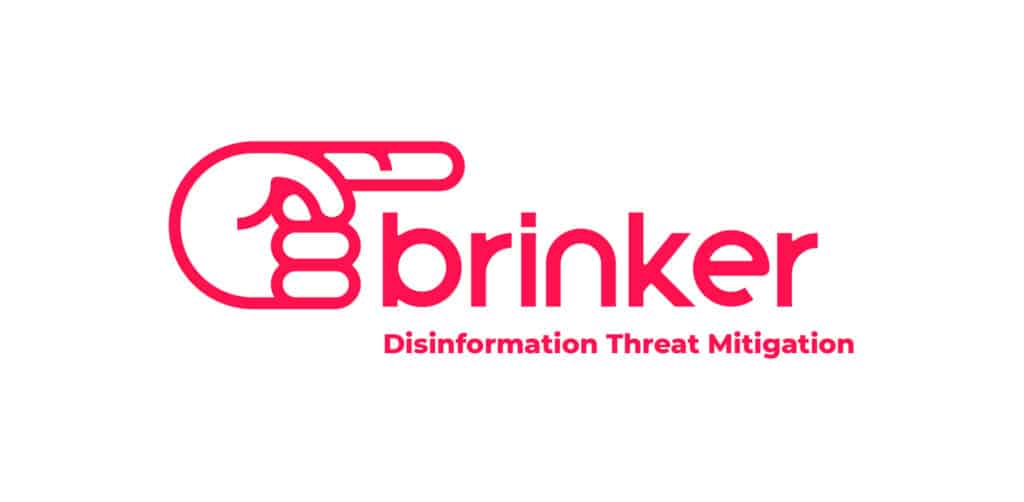Steve Ranger over at ZDNet has an interesting write-up on HyperCat, a UK-funded data sharing open specification for Internet of Things devices. The new specifications has the backing (or at least interest) of major players and could become an alternative to proprietary standards such as Apple’s HomeKit or Google Nest. HyperCat is described as an “open, lightweight, JSON-based hypermedia catalogue” that is designed to “expose information about IoT assets over the web.” The goal is to provide a set of open APIs and data formats that startups and other smaller firms can use to built ecosystems of connected objects. Smart devices are typically developed using common technologies and platforms: RESTful APIs, JSON (Javascript Object Notation) for data formatting and HTTP (or secure HTTP) as the main communications protocol. However, the Internet of Things is badly “silo’d” – meaning that interoperability between IoT devices happens only when those smart devices happen to use the […]
Tag: hardware
Why I’m Not in a Hurry for a ‘Smart Home’ – WSJ
If you didn’t read it on Sunday, The Wall Street Journal sent columnist Christopher Mims to the home of SmartThings CEO Alex Hawkinson to get a tast of what ‘smart home’ living is like. Mims came away impressed – but also skeptical that the complexity of layering so much technology into our everyday routines is bound to have more bad outcomes than good ones. “Other than people who have very specific reasons to add automation to their homes, I have no idea why anyone would do it, even if the equipment were free…Even when smart-home technology works as advertised, the complexity it adds to everyday life outweighs any convenience it might provide,” he writes. As for the smart home ‘killer app,’ Mims quotes Hawkinson as saying that home security and monitoring seems to be the most promising application of smart home technology right now. Google’s acquisition of DropCam is just […]
Update: Another IPMI Mishap? Researcher Claims Supermicro Devices Vulnerable
There’s more bad news for companies that rely on the Intelligent Platform Management Interface (IPMI) to manage servers and other hardware in their IT environments. Specifically: researcher Zachary Wikholm over at Cari.net has published evidence of what he says is a head-slapping vulnerability affecting devices that use IPMI Base Management Controllers (BMCs) made by the firm SuperMicro. According to Wikholm, servers equipped with Supermicro BMCs store a password file, PSBlock, in plain text and – making matters worse- leave it open to the world on port 49152. “You can quite literally download the BMC password file from any UPnP enabled Supermicro motherboard running IPMI on a public interface,” he wrote. Baseboard Management Controllers (BMCs) are small, embedded systems attached to a system’s motherboard that manage IPMI communications. Wikholm says that Supermicro has fixed the problem in the latest version of its IPMI firmware. However, companies are often reluctant to flash […]
IPMI’s Inconvenient Truth: A Conversation With Dan Farmer
The work of brilliant computer security researchers often borders on a kind of madness. After all, it takes dedication and a certain amount of monomania to dig through the mush of disassembled source code or the output of application fuzzers and find the one software vulnerabilities – or chain of vulnerabilities – that might lead to a successful attack. Often, this work puts you at odds with what most of us consider “the real world.” Notably: the well-respected researcher Dragos Ruiu had many in the security community wondering about his sanity after he sounded the alarm about a super stealthy piece of BIOS malware he dubbed “BadBIOS” that seemed to be everywhere and nowhere, all at once. Dan Farmer finds himself in a similar position as he continues to sound alarms about the security threat posed by insecure implementations of the Intelligent Platform Management Interface (IPMI)– a ubiquitous protocol used to do remote […]
For Smart TVs, Malware May Hide In Broadcast Content
Researchers at Columbia University have published research showing how new technology that combines broadband and broadcast content could enable a wide range of traditional and novel cyber attacks on smart televisions and other devices: forcing them to interact with malicious web pages, harvesting credentials or carrying out denial of service attacks. The paper, published in May, explores potential attacks on combined broadcast-broadband devices that use an industry specification called Hybrid Broadcast-Broadband Television (HbbTV). According to the researchers, Yossef Oren and Angelos D. Keromytis, the HbbTV specification combines broadband technologies like HTML and broadcast features in an insecure manner. The vulnerabilities affect a wide range of smart entertainment devices, including smart televisions, in Europe and the United States. “This enables a large-scale exploitation technique with a localized geographical footprint based on radio frequency (RF) injection, which requires a minimal budget and infrastructure and is remarkably difficult to detect,” the researchers write. “The technical complexity and […]






